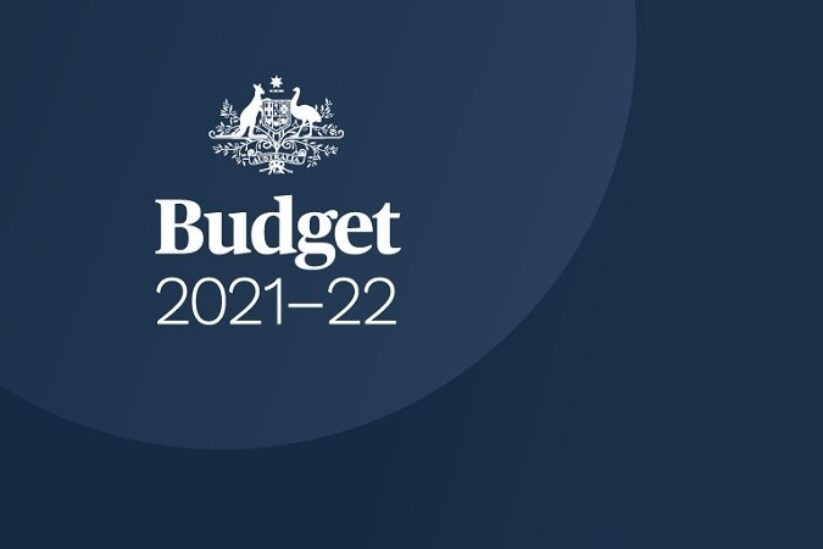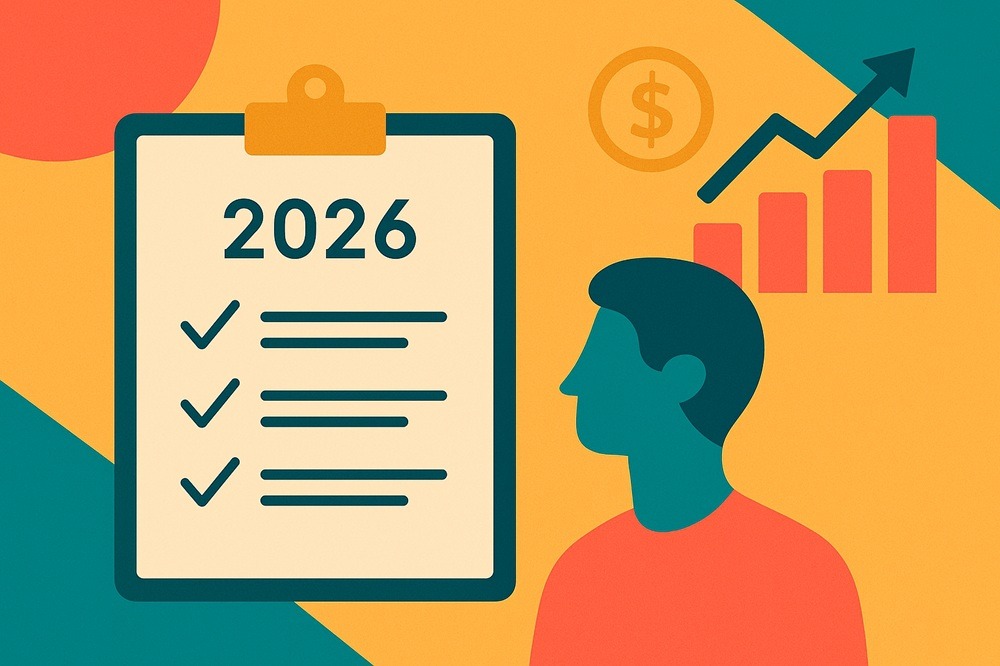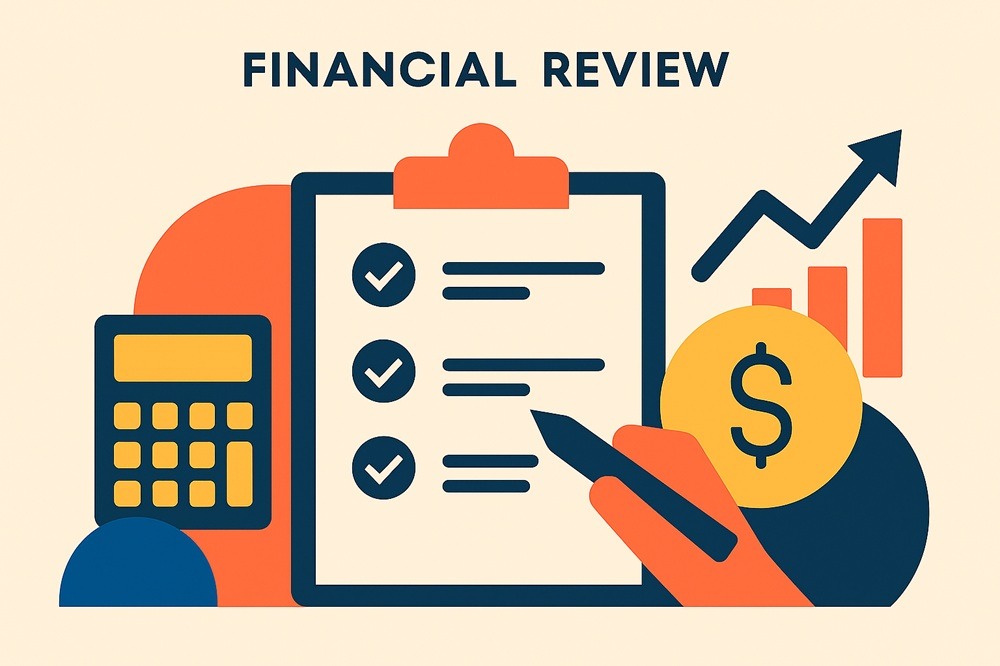Changes to Super in the 2021/22 Budget

In years gone by, Federal Budget night could be relied on to pretty much re-write the rules on all things superannuation. Not so these days, with this year’s changes almost able to sneak past without anyone noticing.
Almost, but not quite. We noticed! In this article, we look at the next set of modifications to super that were announced in last week’s budget. Unless we state otherwise, our information has come straight from the horse’s mouth at www.budget.gov.au.
Contribution Limits
This was not so much announced in the Budget as confirmed (it had been planned for some years prior). As of 1 July 2021, the annual limits to superannuation contributions increase by 10%. The new limits are:
- Concessional contributions - $27,500 per person per year; and
- Non-concessional contributions - $110,000 per person per year.
These limits are subject to the usual carry forward and/or catch-up rules.
The lifetime limit of $1.6 million for contributions will also increase, but by less than 10%. The new lifetime limit becomes $1.7 million. (That’s 6.25%, for those who love their facts and figures).
Non-Concessional Contributions for over 66’s
As of 1 July 2022 the age-based restriction on non-concessional contributions will be altered. Please note: that is not the coming financial year, but the one after that.
Currently, any person aged 67 to 74 must satisfy a ‘work-test’ in order to make non-concessional contributions into super. This requirement will no longer need to be met after July 1 next year.
Concessional contributions, for which a tax deduction is claimed, will still need to meet the work test. Thus, it will still not be possible to use super to reduce taxable income from things other than work for those aged 67 and older.
(Remember, the work test is that you need to spend at least 40 hours ‘gainfully employed’ over a 30 day period at some stage during the financial year in question. Gainful employment can include self-employment but does not include volunteering).
‘Downsizer Contributions’
As the name suggests, downsizer contributions are contributions into super that are paid using the net proceeds when people sell a more expensive home and replace it by either (i) buying a less expensive place; or (ii) living somewhere other than in a house they own.
Downsizer contributions were introduced in the 2017 Budget. They are not included in the caps on contributions described above. Under the current rules, the downsizer contributions are limited to people aged 65 and over. Each such person can make a downsizer contribution of up to $300,000 (so, up to $600,000 for a couple) once they sell a principal place of residence that has been held for more than ten years.
As of 1 July 2022 (that is, July next year), the age threshold changes to 60. The Government hopes that this might encourage more selling, thereby increasing supply and reducing prices in the housing market. This seems optimistic, especially seeing that the change does not come into effect for fourteen months. In fact, for people aged under 65, the changes may even cause them to defer the sale of their home.
Ah well. The idea is a good one and, if this is something that you can take up, this facility is actually a great way to preserve the tax-free status of your principal place of residence. Remember, non-concessional contributions do not get taxed on the way into a super fund. If the contributions are then used to fund a superannuation income stream, then any earnings on the contributions within the super fund are not taxed either.
Selling a home and increasing your super is a major change to your ‘asset-mix.’ So, we recommend having a chat to us before you proceed with a move like this.


